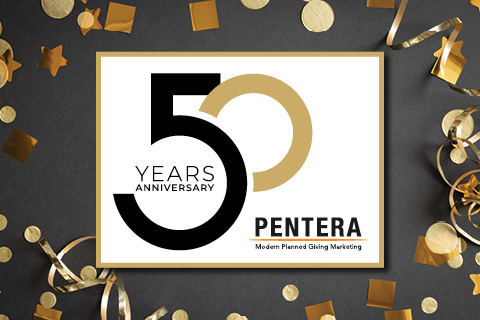The Pentera Blog
Clever Wording Triples Donations
The way that charities present donation levels can inspire individuals to triple their pledges, according to a recent study by Italian university professors. In the study, two-thirds of participants agreed to a 450-euro contribution, when previously two-thirds had agreed to a donation of only 150 euros. (A euro is currently worth about $1.30.)
The study, "The Emotional Cost of Charitable Donations," was recently mentioned in the Harvard Business Review; it was undertaken by two professors at the University of Padova, Italy, and initially published in 2012 in the professional journal Cognition and Emotion.
The researchers conducted two experiments. In the first, participants were asked to choose between giving 150 euros to charity to help one woman or 450 euros to help three women. They chose the smaller amount by a margin of 2-1.
But in the next round, there was a third choice added to the first two: €150 to help one woman, €450 to help three women, or €500 to help two women–a new alternative with a significantly higher cost per woman. This time most participants said they would give the charity 450 euros, by the same 2-1 margin.
The researchers say many participants tripled their generosity because that way they could help the most people without giving the most money.
"Donations in support of a charitable cause can create a conflict between moral intuitions (e.g., fulfilling moral obligations and helping as many individuals in need as possible) and the cost entailed by following one's moral intuitions (e.g., spending money)," the researchers wrote. "The introduction of a third, dominated alternative reduces the conflict and makes it easier to choose the program asking for a higher donation and helping three women."
Interesting strategy: The introduction of a castoff alternative–labeled a "trick" by some writing about the study–can inspire donors to choose the higher of two other alternatives when they previously would have chosen the lower.


